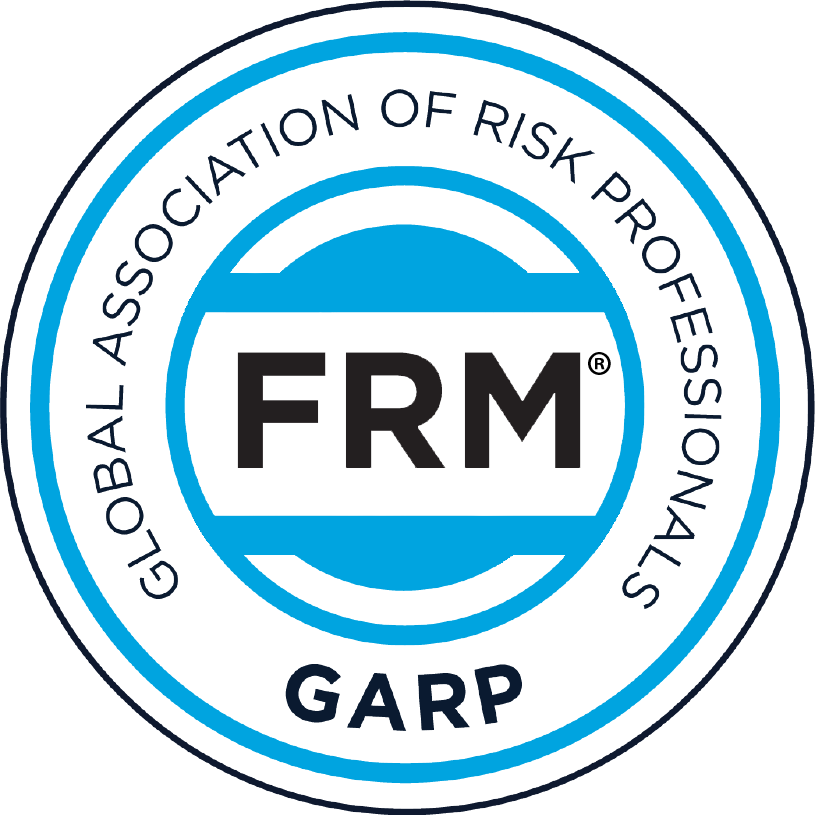Mastering Time Management: Balancing Work, Study & Life for FRM Success
Mastering Time Management: Balancing Work, Study & Life for FRM Success
Blog Article
Overview of FRM Part 1 Syllabus
FRM Classes
FRM Classes In pune
Based on FRM Part 1 Syllabus core principles of risk management, principles of identifying, measuring and mitigating risks. The exam involves four primary aspects:

- Risk Management Fundamentals (20%)
- Quantitative Analysis (20%)
- Financial Markets & Products (30%)
- Valuation and Risk Models (30%)
These parts are a tight interlocking framework, a combination of theory and practical application. It is a four-hour exam and includes 100 multiple-choice questions. To succeed, you need to have a solid understanding of concepts and where it matters in real life.
1. Foundations of Risk Management
Risk management is an academic field with a theoretical and conceptual framework that divides its understanding into two aspects, particularly in financial institutions and organizations.
Key Topics
- Enterprise Risk Management (ERM): ERM is the risk management across an organization that works in a cohesive way and aligned with strategic happenings. This also includes governance, risk appetites and culture.
- Risk Types: Candidates learn about market, credit, operational, and liquidity risks, as well as their characteristics and impacts.
- Regulatory Frameworks: Global standards such as Basel III influence risk practices, and candidates are required to know how these regulations impact organizations.
- Ethics: At GARP, we have a Code of Conduct, which outlines the importance of ethical decision-making in risk management.
Why It Matters
This abstracts the risk management into a single view. For example, if your management is risk-aware, you will be able to contribute to a strong risk culture which will help everyone in your organization to avoid mistakes. This knowledge supported effective risk governance, allowing firms to comply with the regulation and avoid potential fines.
2. Quantitative Analysis
Data analytics, or Quantitative Analysis provides candidates with the quantitative tools that the candidates need including mathematical and statistical tools to measure and analyse risks It’s a tough section for those without a solid math background but is critical to risk management. Report this page